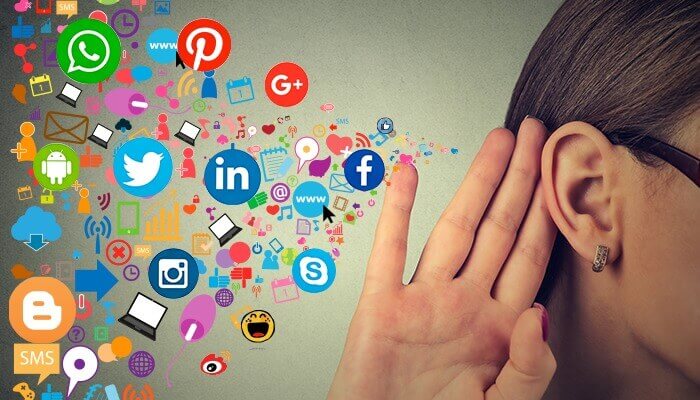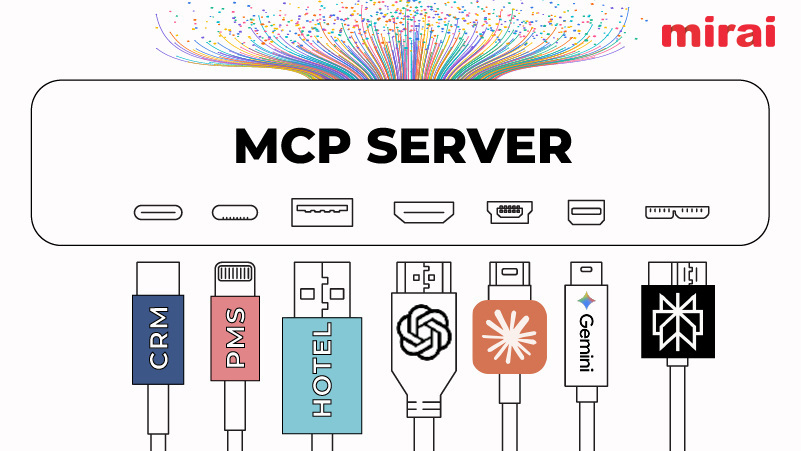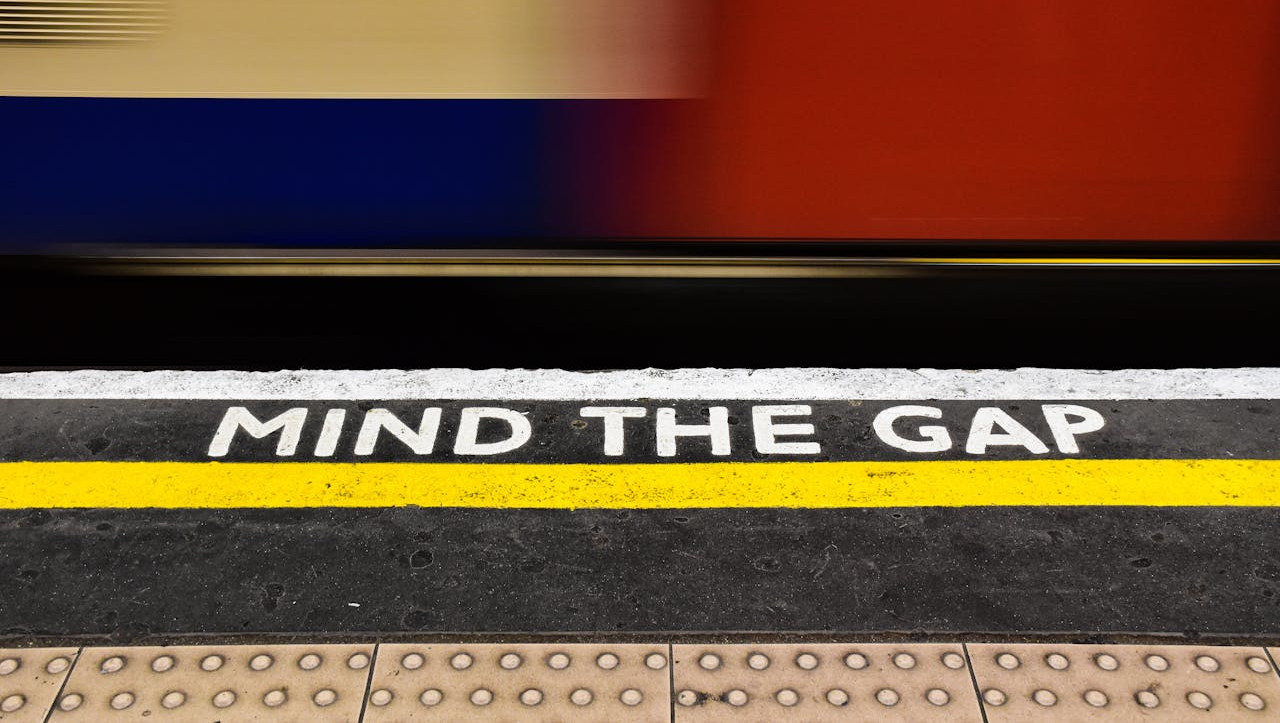
Take a moment to think about how you use social media in your personal life. What impact does it have on you? How does it contribute to your world view? How does it influence the thoughts you have and the decisions you make?
NB: This is an article from Fuel Travel
Now, think about how you use social media to market your business. Who is your audience? What messages are you pushing out to the world? Do people care and are you influencing the thoughts they have and the decisions they make?
Do you see alignment between these two perspectives? For many marketers, the answer is a resounding ‘no’. The reason for this is because we often look at our social media activities from our own perspective. When you’re using a platform like Facebook for your personal use, that’s fine. That’s what you’re meant to do. However, when you use Facebook from the perspective of how your business can benefit from it the most, you often forget the needs of the consumer. Your business’ social media activities should be focused on providing value to your prospective audience as opposed to milking the life essence from your future customers.
Here are two examples of common social media mistakes that I often see hoteliers make. With a slight adjustment in approach, these areas of your social strategy can become a major contributor to your COVID-19 recovery plans.
1. Focusing on Your Audience Size
Marketers have a terrible tendency to chase vanity metrics. While your audience size is a relevant data point, the quality of your audience is far more important. Do you have the right people following you? Do they have a strong connection to your brand? Are they advocates for you to their friends and family? This should be the focus.
In fact, when we look at Facebook’s algorithm, you can actually hurt yourself by growing your list size. When you make a post, Facebook will sprinkle that content out to a handful of your audience. They measure the interaction those people make in the form of time spent, shares, likes, comments, etc, and they use that information to either broaden or shrink the number of people that see the post. This is why your organic reach increases based on your engagement. Therefore, the more engaged and fanatical your followers are, the more likely they are to interact with your post and the more people will ultimately see your content.
There’s an affinity hierarchy of followers that you should be thinking about. The most engaged people will likely be the people who have stayed with you multiple times, followed by the people who have stayed once or twice, after that comes the people who have booked but not yet stayed, then the people who are considering staying. Beyond those, you also have a chance to connect with the friends and family of those people who have stayed with you or intend to stay with you in the future. Those people care about you because someone they care about cares about you. They also trust that person, and what that person says or shares has more weight than when you say it to them directly.
Much lower than the above audiences come lookalikes and straight-up purchased lists. The latter of these two should be removed from your thought process entirely. These people will not care about your brand, they won’t engage with your posts, and they will make your content less visible to the people who do care about you. With the exception of making you feel a little better or justifying yourself to your boss when you see the arbitrary size of your audience increase, you are doing yourself no good at all by paying to increase your audience in this way.
Lookalikes are a little more tricky. I can see the value in targeting new audiences who appear to share common traits with your existing clientele. However, you should be deliberate in the things you do when targeting this type of consumer. Simply getting them on your follower list is not enough. You should focus on trying to entice them to engage with you on a deeper level by offering them something in return. Perhaps it’s a downloadable area guide or a travel planning tool that helps them make decisions while simultaneously being exposed to your brand. It could be as simple as an email sign up for special offers, but these tactics tend to have limited success.
Ultimately, you should always be taking each segment of your audience and devise a tailored approach that moves them further up the affinity hierarchy. If someone has been introduced to your brand because a friend stayed there, how do you get that person to consider you for their next vacation? If someone has considered you for a previous vacation, how do you nudge them over the edge and get them to book their first stay with you? If someone has stayed once, how do you get them to become a frequent guest?
2. Pushing Out Irrelevant Content
The most effective social media pages are not broadcasting their own propaganda, they leverage the members of the community to create the content via conversation. This is an approach that is often underutilized by the hospitality industry. Oftentimes, a hotel’s social media content calendar consists of a rigid schedule of special offers, happenings, and irrelevant factoids such as: ‘Happy National Do Something Nice Day!’ – which is October 5th, in case you were wondering.
Every social media message should have a purpose. You should be able to answer the following questions before you hit ‘post’. What is my objective and how does this post help me accomplish it? Who am I talking to and why will they care? Am I providing value and is it obvious to the audience how to receive that value? Is the content remarkable to the point that people will want to engage with it?
That last one may be the most important. There’s a currency on social media that matters a great deal to the majority of consumers. That currency is status. If you’ve watched documentaries like ‘The Social Dilemma’, you’ll know the psychological impact that social media has on us and how important our perceived status is to us. At a deep psychological level, we crave acceptance from others, we strive to win the favor of others, and we want people to think good things about us.
Social platforms exacerbate this need because we are bombarded with other people seeking attention and gaining status. We know that this world we’ve constructed isn’t entirely what it appears to be and we know that we’re seeing just a snapshot into the lives of other people. Ultimately, none of that matters. We still want to beat them. We still want to be in the ‘in’ crowd. We still want to be in a tribe where we can call ourselves ‘Us’ and call everyone else ‘them’.
One of the best ways to earn status is by individually providing value to others. This could be in the form of sharing information that they don’t already know, it could be in providing someone else with exclusive access to something just because they know you, best of all, it could be by creating a pass-it-on value that not only gives the individual that much needed status but also unlocks the ability for the friend or follower to do the same thing to their own social circle. This last one is how content goes viral. You see a funny video and you share it with your friends because you know they’ll like it but you also know that you won a little favor from them, they then repeat the process by sharing that content with their friends. The key is that the content has to be relevant and interesting to people who don’t have the specific knowledge required to enjoy or appreciate the content.
The simplest example of this is when people post a cute video of their child. To us, that video is super-relevant, which makes us share it. To our network, the video will be somewhat relevant because they know us and maybe know our child. Once we break out of our network, to our friends friends, they may not know us or our child and therefore the video has become considerably less interesting. That is unless the video contains something shocking or surprising that makes it remarkable, even when we aren’t personally connected to the subject of the video.
COVID Recovery Recommendation: Turn Your Customers Into Your Secret Sales Force
So what has any of this got to do with covid recovery? Did you know that more than 53% of consumers have traveled at least once since March 15, 2020? (Source: Fuel Sentiment Study Volume 11).
This is a big deal. It means that the stigma of travel is behind us. During the early days of the coronavirus pandemic, there was a stigma because people who traveled were considered reckless and areas that saw an influx of tourists were vilified in the media. What people have come to realize is that places don’t spread the virus, people do. Travel is safe if it’s done responsibly but irresponsible behavior will spread the virus whether you’re traveling or staying in your hometown. This was proven by destinations like Myrtle Beach and Panama City Beach, which both enjoyed high occupancy rates through the summer while maintaining relatively low COVID cases.
The data in the above study further shows this to be true because of the people that have traveled, more than 70% have traveled multiple times. Meaning, they believe it to be safe. And that is the opportunity that stands before us all. Can we effectively persuade people to believe that it’s safe to travel? In short, we can, but we can’t do it on our own. We need to turn the people who are traveling into ambassadors and we need to leverage their networks as opposed to broadcasting noise on our own channels.
From the same study, we see that people are still fearful of travel. Among their biggest fears are fear of other guests, fear of common areas, and fear of circulated air. How do we reduce this fear? Firstly, we have to deal with the risk posed by the virus. We need to do everything we can to mitigate the risk of people transmitting the disease. This may include reduced contact check-in through a mobile app, increased sanitization practices, and strict policy enforcement.
Once we’ve done what we can from a practical standpoint, we can turn our focus to the perception of prospective guests. This includes reassurance messaging, clear communication of policies, offering risk-free cancellations, etc. However, there’s an extra step that can make a big difference, and this is where social media comes in.
We know that the psychological concept of social proof is a powerful motivator. People are more likely to do something if they see others already doing it. This likelihood increases dramatically if we know and trust the people who are doing it. This is why someone’s likelihood of staying with us increases if they simply know someone who has stayed with us.
In addition, if we have a property that offers value to a specific sort of person (i.e. a specific income bracket or someone who has specific interests), we know that humans tend to associate themselves with people who share similar traits to themselves and, therefore, if someone has stayed with you, their social networks tend to have a high percentage of highly qualified people for your property.
Simply put, your best next guest is someone who has already stayed with you but the next best after that is likely a friend or family member of that person.
So, here’s what I’m recommending. Firstly, you should be doing everything you can to engage your current guests on your social channels and providing reasons for them to engage with you in conversation by posing questions or incentivizing social interaction during aspects of their stay. Offer them on-property incentives to follow your social channels. Then offer those people incentives to share their experience with their social followers.
One of the best examples of this I’ve seen is the Flip.to platform, which simply asks guests to share a photo and a short story about their favorite memory during their stay. Where this really pays dividends is by then creating a competition that encourages people to ask their friends and family members to vote for their story. The most popular stories then receive prizes.
In this scenario, you’ve accomplished some very key things. Firstly, you’ve turned your current guests into advocates of your brand, more importantly, you’re giving your guests a platform where they can model responsible and safe travel to their friends and family members, and finally, you’re giving those friends and family members permission to travel, you’re telling them that it’s ok, that it’s safe, and that they too can do it.
The final cherry on the top is to now leverage this connection to maximize conversion. If you take the Flip.to approach mentioned above, you’ve asked people for their contact information in order for them to vote on their friend’s story. You now know who stayed with you and who their friend is. Simply sending a personalized message to the guest’s friend that connects the dots and you’ve dramatically increased your chances of gaining a brand new guest. It’s that simple.
Let me show you the vast difference between the two approaches that have been discussed in this article.
Property A would pay a third-party to grow their list. They would then have to pay the social platform to promote their content in order to reach their audience because their audience is now less engaged (on average). The content they promote is a generic special offer that everyone receives.
Property B encourages guests to post their favorite memory during their stay and to solicit votes for their memory from their social channels by offering incentives. The majority of their friends and family now see that the person has recently traveled to your property and that they had a good time. If the friend then takes the time to vote and provides the property with their contact information, the property can now send that friend an exclusive message that appears to be endorsed by the original guest and greatly increases their likelihood of making a booking.
I have been employing the Property B approach for several years for many of our clients and it has been extremely successful. Given the current trepidation surrounding travel, I fully intend to double down on this methodology because it encourages people to begin traveling again in the most compelling way. The message is authentic because it isn’t coming from the property, it’s coming from your guests.
Read more articles from Fuel Travel
This article was originally published on HotelExecutive




